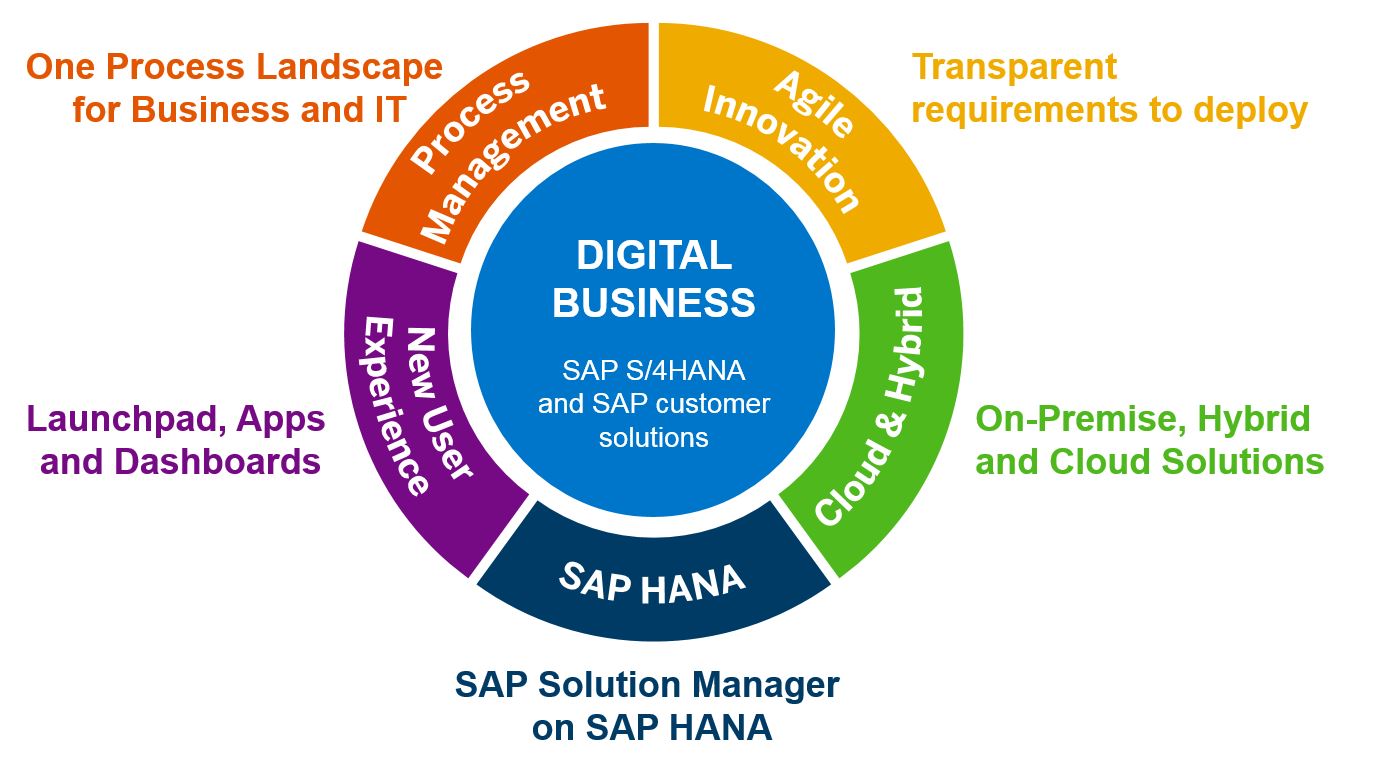Building Location-Aware Mobile Apps in 2024

Let’s face it: building a location-aware app is complex and time-consuming. That’s why you must make the most of the many advanced APIs that can streamline the process.
This guide focuses on address autocomplete APIs and how they help improve your app’s user experience and functionality. Understanding the nuances of this technology is pivotal for developers aiming to create immersive and user-centric mobile experiences.
The Benefits of Efficient Address and Location Management Solutions
Mobile devices drive today’s world. Naturally, this means apps that leverage location data gain a significant advantage. This feature enables developers to enhance functionality, personalize experiences, and improve user engagement.
However, all location-aware apps must accurately capture and manage address and location information. Your app needs a robust address and location management solution like an advanced API. The benefits of using a solution like this include:
Streamlining
Within your app’s ecosystem, efficient routing and logistics rely on accurate location data. For instance, ride-hailing apps need precise address information to ensure timely pick-ups and drop-offs.
Enhanced user experience
By capturing precise address details, address and location management APIs ensure a smooth and efficient user experience. Without one, users may struggle to enter their full address, leading to delayed deliveries and unsatisfied customers.
Better data quality
If addresses are recorded inaccurately, it can cause errors in your app’s data. This makes it harder to analyze the data and glean valuable insights. Accurate location data capture is vital for analytics and service optimization.
Reduced costs
Inaccurately recorded addresses can also lead to unnecessary customer support interactions and wasted resources. By using an address and location management API, you can eliminate this waste and, ultimately, save money.
Why You Need an Address Autocomplete API
You must integrate an address autocomplete API with your location-aware mobile app to achieve all the above benefits. This feature will streamline the process of entering addresses within your mobile app. Here’s how:
Real-time suggestions
When a user starts typing in an address, the API gives real-time suggestions based on an address database. This capability ensures the user chooses the correct address information and reduces typos.
Standardized formatting
An address autocomplete API formats addresses automatically and does so in a consistent way. This means you won’t get inconsistencies in your app’s data that could result in errors.
Less time and effort
Address autocomplete APIs suggest complete addresses to users after just a few keystrokes. This reduces users’ time and effort entering their location information within your app.
Increased user satisfaction
When the address entry process is streamlined in this way, it leads to a much more positive user experience. Users are less likely to become frustrated and abandon tasks when using your location-aware mobile app.
Radar’s Address Autocomplete API
Integrating an address autocomplete API with your location-aware mobile app is crucial. Yet, many of these APIs have two significant downsides: they’re expensive and have poor address coverage.
That’s where Radar’s Address Autocomplete API comes in.
It’s one of the most cost-effective APIs, with up to 100,000 monthly free requests. Once you’ve reached that limit, it’s just $0.50 for every 1,000 requests.
Plus, it includes 100% US address coverage so, no matter where a user is located, they’ll get accurate autocomplete suggestions.
Here’s what else is included when you sign up:
- Global coverage
- Adjustable rate limits
- Sub-10ms p50 responses
- Open-source SDKs
- 99.99% API uptime
- Implementation support
- Bring your own POIs
- Flexible usage
Taking Location-Aware Experiences to the Next Level
Of course, address autocomplete APIs aren’t the only location data solutions you can integrate with your app. There are plenty of others you can use to create a more engaging and user-centric environment, such as:
- Geofencing APIs: These APIs enable you to create virtual boundaries (geofences) around specific locations. When users enter or exit these geofences, certain actions are triggered in the app. For example, an art gallery app may notify users about particular exhibits when they visit the gallery.
- Proximity-marketing APIs: This type of API triggers targeted marketing messages based on a user’s proximity to a specific location. For example, a retail app can send discount notifications to users when one of their stores is nearby.
- Routing APIs: By integrating a routing API with your app, it can calculate the optimal route between two or more locations. These APIs are vital for delivery, ride-hailing, and navigation apps.
Final Thoughts
Integrating an address autocomplete API with your location-aware app has many benefits. It improves user experience, improves data quality, and can even reduce operational costs. For the most cost-effective solution, with full US address coverage, try Radar’s Address Autocomplete API.




